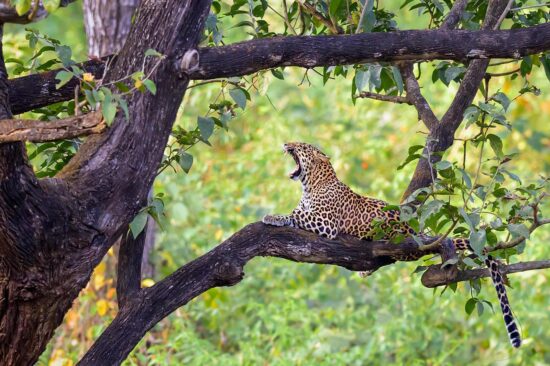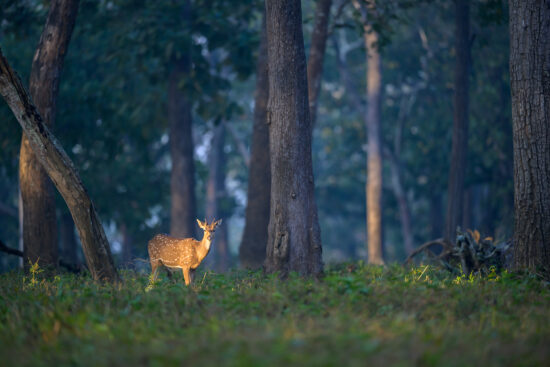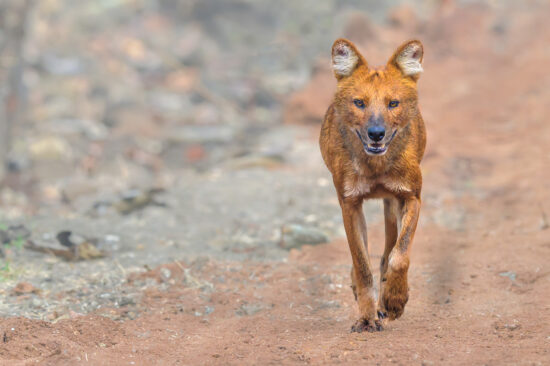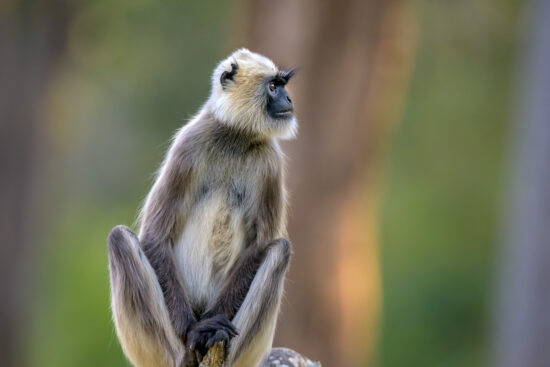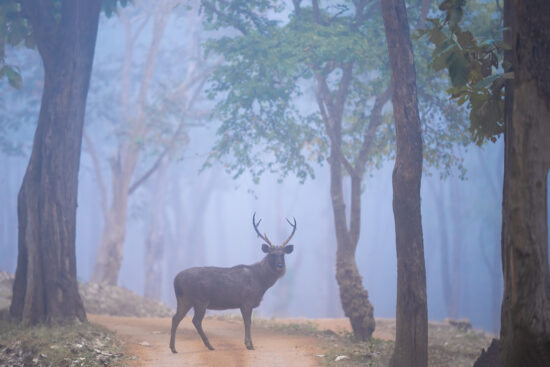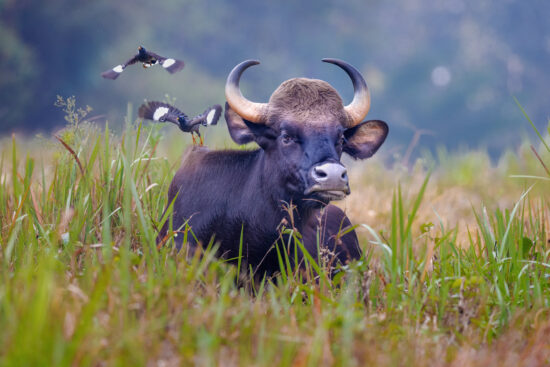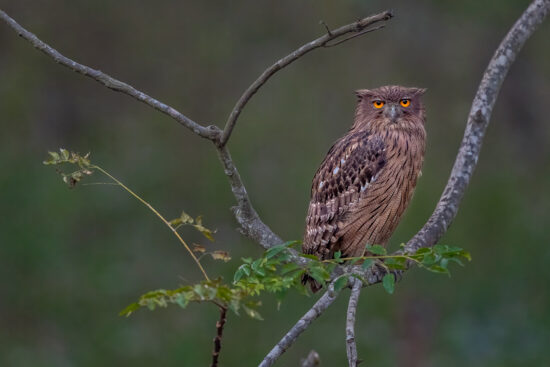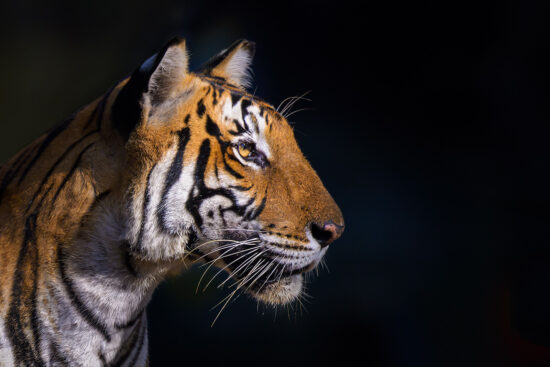
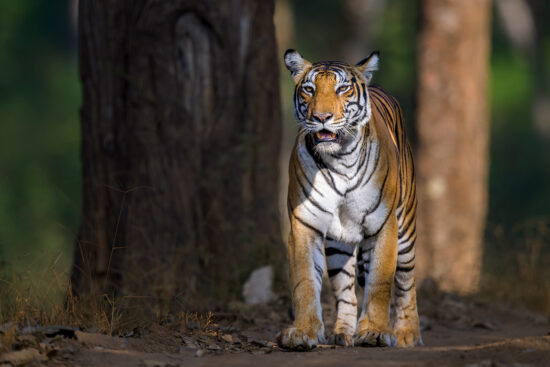
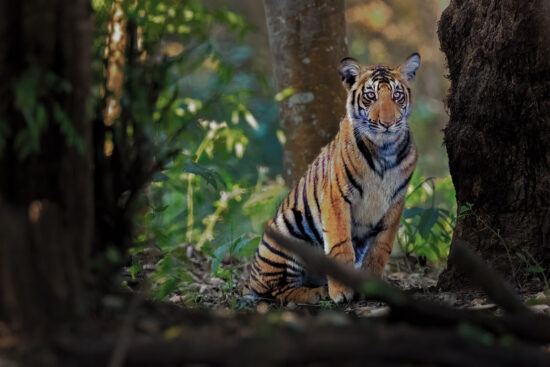
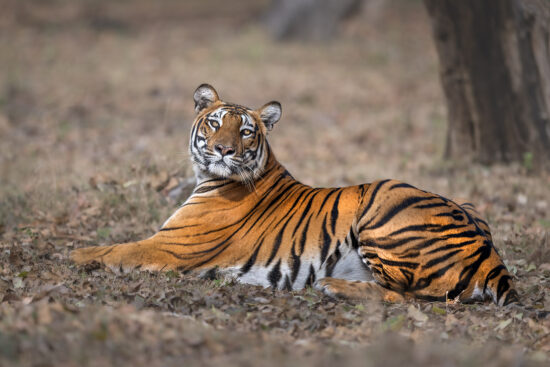
Photographing Tigers with the Z9 by Des Ong (website | Facebook | Instagram, see also his previous guest posts):
I must confess that I did not practice what I regularly preach to my guests, to not bring an unfamiliar camera to a long-haul trip. I received my Z9 late last year and I hadn’t used it much other than doing some hide/blind sessions at the farm where I conduct workshops.
Fast forward to early January, it was time to head to India with a group of guests. Within 20 minutes of the very first session, we came across a beautiful Indian Leopard relaxing on a tree branch. Luckily for me, she was sedentary and thus did not pose much of a challenge. I took a good number of shots and refocused every time I recomposed.
I learned a trick whereby you set one of the buttons to zoom in 100% for a more accurate focus. I did this a few times to make sure that I was on point. In doing so I also noticed that the camera was not always on the money. If I hadn’t checked, I would probably end up with a good number of out-of-focus shots. I was using wide-area autofocus with animal eye tracking at this stage.
A little while later, we encountered our first Bengal Tiger. I continued to use this mode on the moving target and had very mixed results. I was a little surprised at the inconsistent focus considering that the subject was slow-moving and was relatively large in the frame.
On the next day, I decided to try 3D with the animal eye focus. This gave me a much higher keep rate. I also found that it worked particularly well when the tigers were moving towards me. I would say that the keep rate was close to 90%.
I was using the 400mm f/2.8E FL VR with an FTZII converter, as well as teleconverters on occasion. Nikon UK was not able to get the Z 400mm f/2.8 TC VR S to me in time before I departed. Still, I am very grateful for them to loan me the former on short notice.
I noticed that the VR was a little jumpy when used handheld and I am fairly convinced that it does not focus as fast and as accurately as even my Z 400mm f/4.5 VR S. This of course is just my observation in that particular situation. I suspect that the native Z 400mm f/2.8 would perform a lot better with the Z9.
One of the features that I was most looking forward to when I switched from a DSLR, was the silent shutter in mirrorless. I just love the idea of being able to work closely with wildlife without disturbing them. However, I found that it is very easy to unconsciously take more frames than intended. Also, I have set the maximum frame rate of the Z9 to 10 fps. I have found that this was plenty fast enough for most of my applications.
Over the period of our stay, I tried a variety of settings and learned a lot about the characteristics of this new camera. It is so very different from the old DSLR that I had and it will take some time before I fully understand how best to use it.
My first field experience is from a very short trip and any shortcomings were probably down to my unfamiliarity with the new body. I have been a lifelong Nikon digital shooter and my first impression is that the Z9 is a complex marvel of a machine. It is very responsive and I look forward to mastering it in the coming years for my work.
- Web: https://www.desong.co.uk
- Instangram: https://www.instagram.com/captivatingnature/
- Facebook: https://www.facebook.com/captivatingnature
Wildlife photography: from Coolpix 4200 to Nikon D3s and every camera in between
